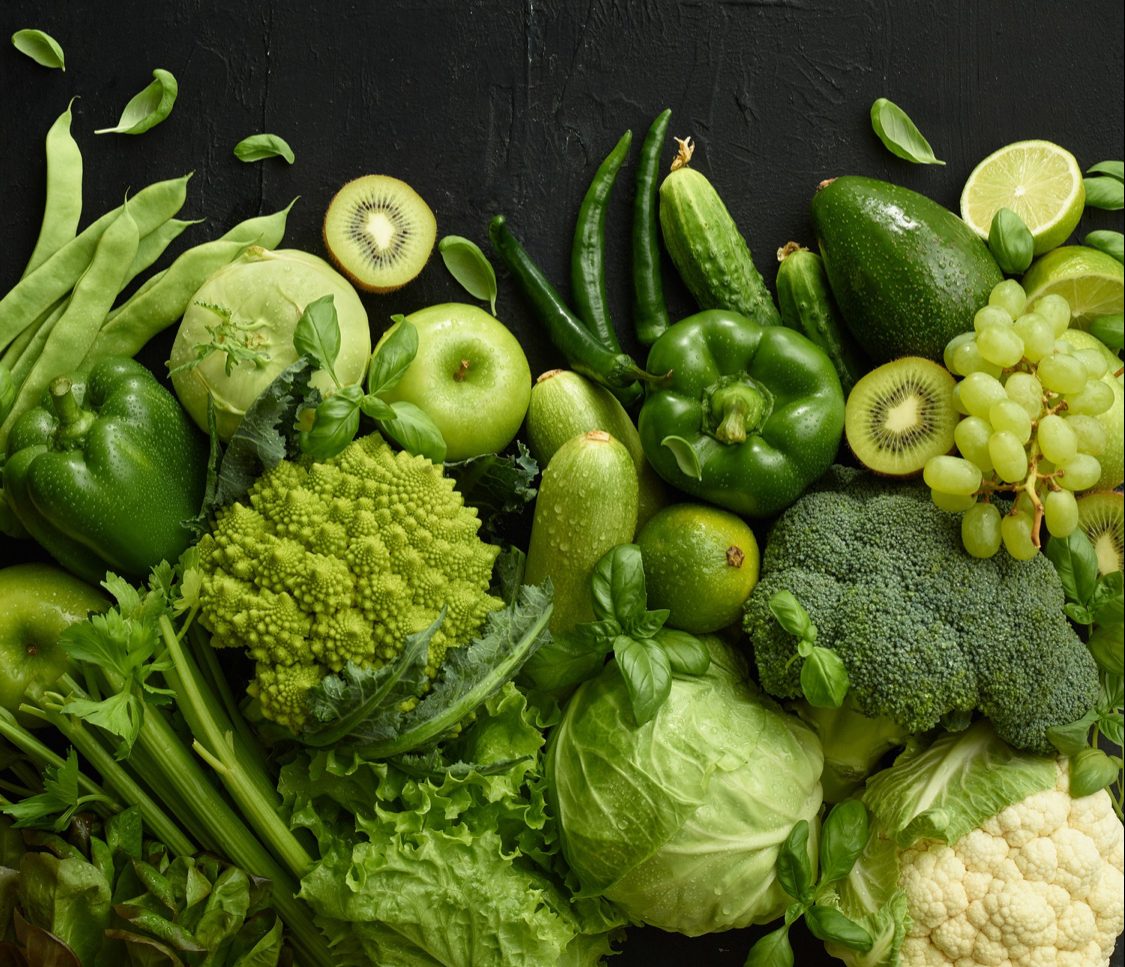Why Start Habits Early?
- Foundation for Lifelong Habits: Habits formed during childhood tend to persist into adulthood. By introducing food safety practices early, we lay the groundwork for responsible behaviour throughout their lives.
- Risk Reduction: Children are more vulnerable to foodborne illnesses due to their developing immune systems. Educating them about safe food handling minimizes these risks.
- Empowerment: When children understand the “why” behind food safety rules, they become active participants in their well-being. Empowered kids make better decisions.
Key Concepts to Teach:
1. Clean Hands, Clean Food:
- Handwashing: Teach children to wash their hands thoroughly before handling food. Explain that germs can transfer from hands to food, leading to contamination.
- Food Preparation Surfaces: Emphasize the importance of clean cutting boards, countertops, and utensils. Regular cleaning prevents cross-contamination.
2. Safe Food Storage:
- Temperature Control: Explain how certain foods need refrigeration to stay safe. Discuss safe storage temperatures for perishables like dairy, meat, and leftovers.
- First In, First Out (FIFO): Teach kids to use older food items before newer ones. FIFO prevents food spoilage and waste.
3. Understanding Expiration Dates:
- “Best By,” “Use By,” and “Sell By” Dates: Decode these labels together. Discuss that they indicate quality, not necessarily safety. Proper storage matters.
4. Avoiding Cross-Contamination:
- Separate Raw and Cooked Foods: Explain that raw meats, poultry, and seafood can carry harmful bacteria. Keep them separate from ready-to-eat foods.
- Color-Coded Cutting Boards: Use different boards for raw meats and produce to prevent cross-contamination.
5. Safe Cooking Practices:
- Proper Cooking Temperatures: Teach kids the safe internal temperatures for meats (e.g., chicken, ground beef). Use a food thermometer.
- No Tasting Raw Batter: Explain that raw eggs and flour can contain harmful bacteria. Wait until food is cooked before tasting.
Fun Ways to Educate:
- Cooking Together: Involve children in meal preparation. Discuss safety steps while chopping veggies or baking cookies.
- Food Adventures: Explore different cuisines and their safety practices. Learn about sushi, street food, and cultural food traditions.
- Storytelling: Create food safety stories with relatable characters. Make it engaging and memorable.
Conclusion:
Educating children about food safety isn’t just about rules; it’s about fostering a positive relationship with food. By making it fun, interactive, and age-appropriate, we empower the next generation to savour meals without worry. Let’s build healthy habits—one safe bite at a time!
 Food Manifest
Food Manifest 














Leave a Comment
Your email address will not be published. Required fields are marked with *